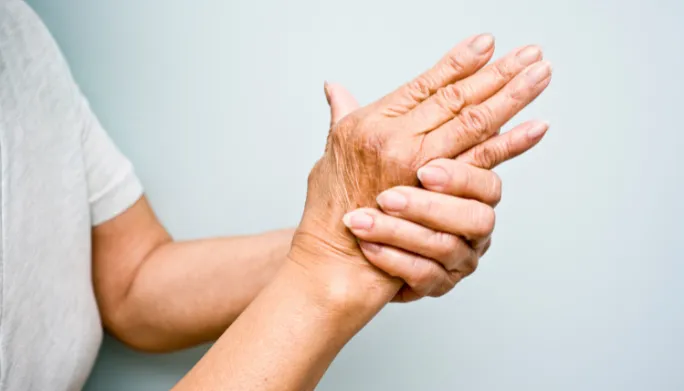Arthritis is a condition that affects millions worldwide, altering the way people live and move each day. It covers a range of joint-related issues that can lead to stiffness and discomfort, often interfering with daily tasks and activities. Although typically associated with aging, arthritis can affect individuals of all ages, including children. Learning how to manage it effectively can improve the quality of life.
What Is Arthritis?
Arthritis refers to inflammation in one or more joints, often resulting in discomfort, stiffness, and reduced mobility. While there are over a hundred types of arthritis, the condition primarily involves damage to the joints and surrounding tissues. The most common form is osteoarthritis, which typically arises from wear and tear of the joint cartilage over time. Another well-known form is rheumatoid arthritis, an autoimmune condition where the body’s immune system mistakenly targets a joint’s lining.
Gout, a type of arthritis caused by the buildup of uric acid crystals in the joints, often presents as sudden and severe episodes of pain. These forms of arthritis, while distinct in their causes and symptoms, can all affect mobility and the ability to perform daily tasks. Understanding arthritis types and their effects is a vital first step toward managing them effectively.
How Can You Manage It?
Living with arthritis involves challenges, but effective management strategies can help improve overall well-being. Small, gradual lifestyle changes can collectively have a noticeable impact on reducing discomfort and enhancing joint mobility. The following practical tips are supportive measures that you can use to maintain joint function and comfort over time.
- Maintain Joint Flexibility: Gentle movement and stretching are beneficial for preserving joint strength and flexibility. It’s helpful to integrate these activities into your daily routine for consistent results.
- Practice Good Posture: Poor posture can contribute to joint strain and discomfort. Maintaining an upright posture while sitting or standing reduces unnecessary stress on weight-bearing joints.
- Balance Rest and Activity: Alternating periods of movement with rest may allow joints to recover without experiencing strain. While physical activity is beneficial, overexertion can aggravate symptoms.
- Manage Your Weight: Excess weight places additional pressure on joints, particularly those in the lower body.
How Is It Treated?
Management and treatment of arthritis often focus on alleviating symptoms and slowing disease progression. Treatment plans vary based on the specific type of arthritis and the severity of symptoms, but several general methods are commonly used. Anti-inflammatory medications, such as over-the-counter options and prescription drugs, are often used to reduce joint swelling and discomfort. While medications can address symptoms, the choice of treatment should always align with a healthcare professional’s recommendations.
Engaging in physical activity tailored to your abilities helps maintain joint health. Low-impact exercises recommended by a physical therapist offer cardiovascular benefits without placing undue strain on joints. While treatments provide supportive care, discussions with a specialist are highly recommended to tailor approaches for maximum effectiveness.
Speak With an Arthritis Specialist
Arthritis, in its many forms, poses unique challenges, but with proper management and guidance, individuals can lead active and fulfilling lives. Whether through lifestyle modifications, customized exercises, or medical treatments, addressing arthritis requires an approach tailored to each individual’s needs. For those seeking precise care and direction, consulting a specialist provides an opportunity to clarify questions and design a management plan suited to personal goals.

